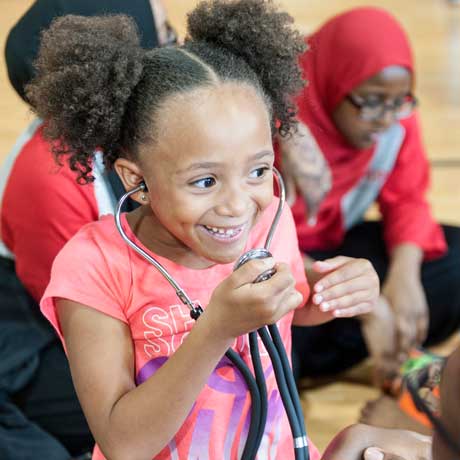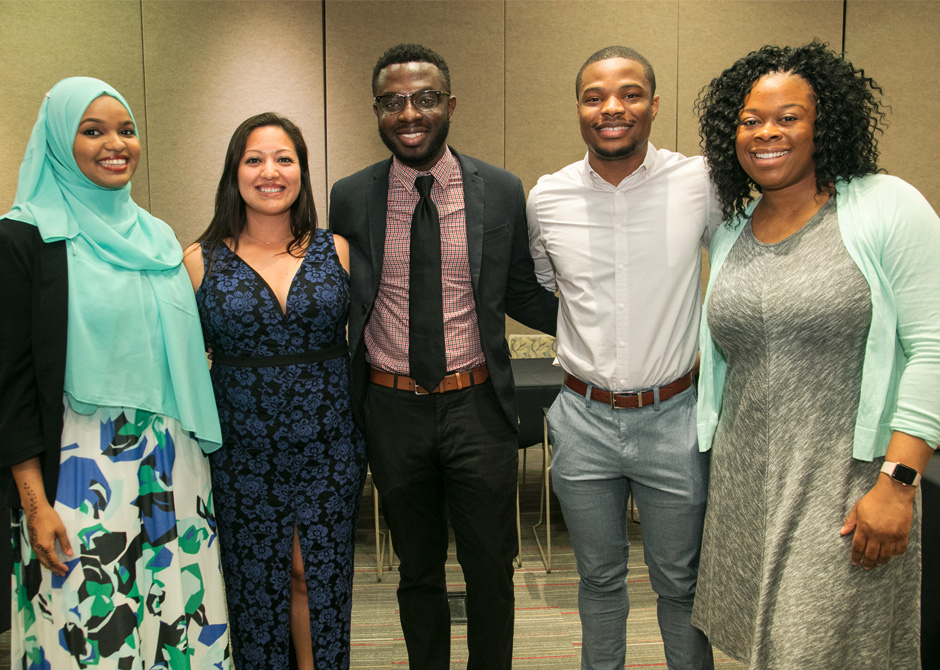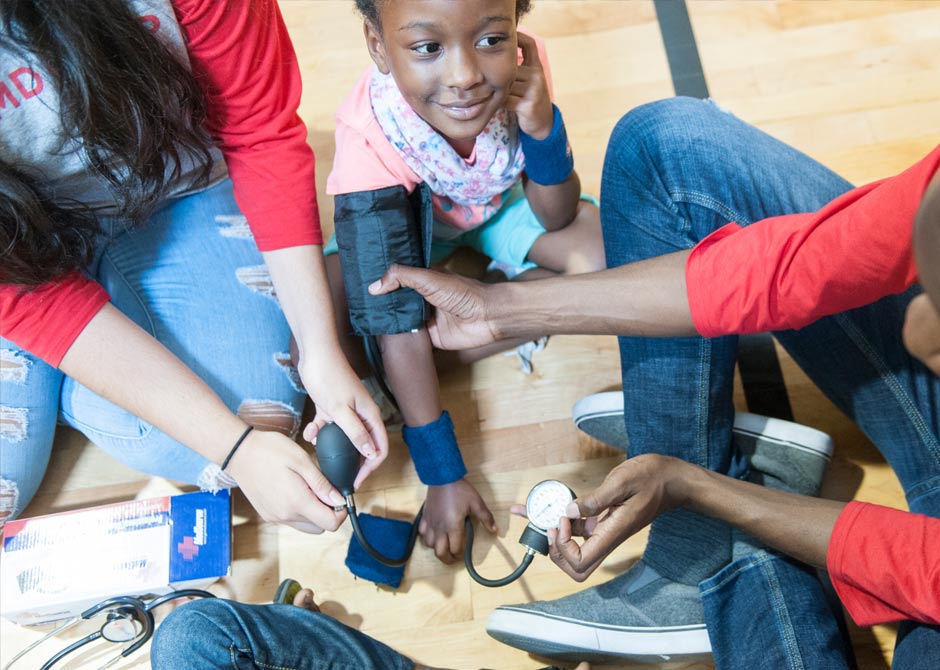
News & Events in The Office for Diversity and Inclusion

No matter one’s race, ethnicity, culture, gender, gender identity, sexual orientation, disability or religion, all are welcomed and included at The Ohio State University College of Medicine.
Leadership at both the College of Medicine and the Wexner Medical Center considers diversity an essential part our academic mission. The Office of Diversity and Inclusion supports belonging for faculty, staff, and learners. A diversity of cultures and life experiences strengthens our mission to provide evidence-based health care. It gives us a greater understanding and appreciation for each patient’s unique genetic makeup, behavior, experiences and beliefs.

INSIGHT into Diversity magazine, the oldest and largest diversity-focused publication in higher education, recognized Ohio State’s College of Medicine with the 2023 Health Professions Higher Education Excellence in Diversity (HEED) Award.
The College of Medicine has worked to mitigate implicit bias in its admissions process and provides implicit bias education to College of Medicine and Ohio State Wexner Medical Center leadership, faculty and staff. Inclusive excellence in leadership is an integral part of the strategic plan.

Community service is an integral part of a medical education at Ohio State. As part of our groundbreaking LSI curriculum, students are required to volunteer at a variety of community facilities, including free clinics, retirement homes, VA clinics and homeless shelters in Columbus. These experiences train our students to better work with diverse patient populations while providing an invaluable service to the underserved members of our community.
Becoming culturally competent helps our students provide care for all types of patients regardless of backgrounds or circumstances.